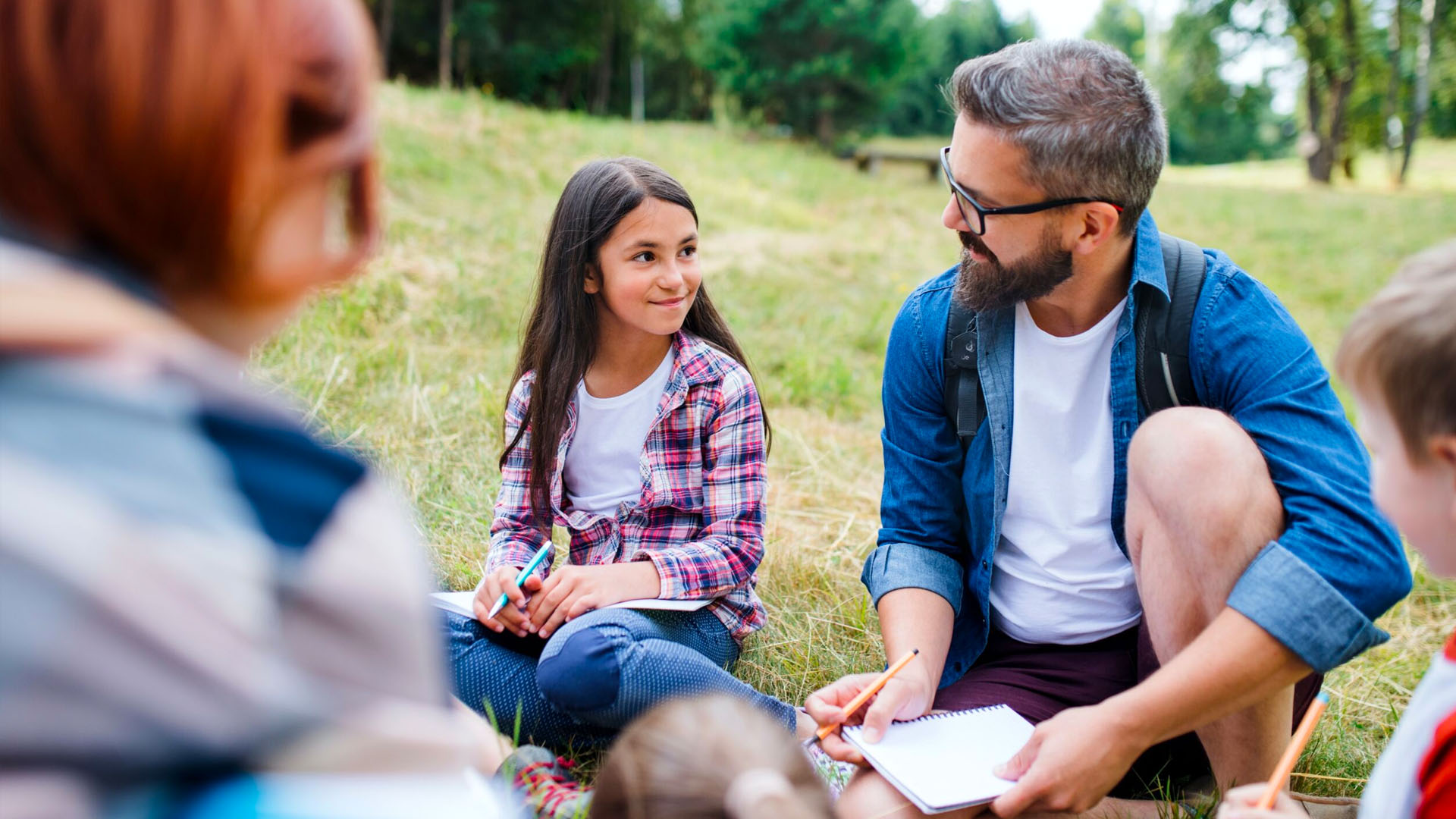I’ll give you the answer to this question here shortly; however, before I do, I want to preface that the answer is not a riddle. The answer is quite simple actually, but we’re so deep into the focus of what standards need to be met at this very moment if we want our students to ‘pass the test’ that it’s no longer clear how simple the answer is.
Everything, actually, is the answer, Helium has everything to do with consonant blends and vice versa if you want. Still unclear? Let me break it down for you in a story based on a conversation I recently had with a first grader I work closely with. During a lesson on consonant blends a picture of a blimp came onto the screen. I asked her to say the name of the picture, but she didn’t know what it was (of course not, boomer, get it together, Nelson). I told her it was a blimp, explained what a blimp was, to her utter amazement. She asked about how many hundreds of people could fit, and I pointed out how the bigger portion of the blimp she was looking at wasn’t the part that held people.
Is it starting to make sense to you yet? It didn’t make sense at this point to me either, but stick with me. She just didn’t understand why they wouldn’t be up in the balloon portion, because she knew ‘more people could fit in the bigger portion.’ Of course they could, I assured her, but they probably wouldn’t be able to breathe well. “Why?” she wondered, aloud, because she doesn’t really keep any of her thoughts to herself (and I love it).
Helium, I told her, I’m pretty sure there’s just too much helium in that balloon for us to breathe right.
“What’s He-lum?”
“It’s… Like air, but it’s a different kind of air, it’s different than the air we breathe in.” And if any scientists or chemists are reading this, I promise you, I did my best to give the information in a way I knew she’d understand and continue listening.
“How?”
“Well… If you had a balloon it wasn’t blown, and you blow into it, and close it up. What happens to that balloon?”
“It floats.”
“Well…. You must have superpowers and I would genuinely love to see that. But for normal people, those balloons are still light, but they fall to the ground. But if you buy a helium pump or buy balloons that are already blown at the store, they have helium in them, that’s what makes them float.”
“Nothing spectacular and something extremely spectacular happened at the same time.”
Then after blinking a few times and shrugging her shoulders she told me that blimp makes ‘bl’, and which category it goes in for our blends, and we finished up our consonant blend portion of our lesson.
Nothing spectacular and something extremely spectacular happened at the same time. It’s nothing spectacular because the majority of teachers are having these conversations with their students across the world, day in and day out. So, you stopped and had a little side conversation? That’s nothing spectacular because it happens every single day. What makes it extremely spectacular is that those moments plant so many seeds into so many heads, it gives them permission to ask questions, it gives them permission to dig deeper, it just prompted someone to go home and try and blow into a balloon, it prompted someone to ask their family if they’ve ever seen a blimp or knows what he-lum is, it prompted someone to start asking questions about air, and why is some air different.
“When their questions start to become too complex to answer, show them how to research information, and encourage them to ask more questions and do more research.”

It’s called a conversation. It is one of the biggest deciding factors of having a ‘successful education’ which is another conundrum we can get into later. You want to know how to make your kids smart? Have conversations with them. Answer their questions when you have an answer. Don’t you already do this? Doesn’t it kind of blow your mind how far their minds can wonder if you allow them a space to do that? And when their questions start to become too complex to answer, show them how to research information, and encourage them to ask more questions and do more research.
I’ve done a little research myself, as most educators and those hungry for knowledge do, when something catches their interest. And during my next lesson with this student, I’m going to show her what the inside of a blimp looks like. I’m going to show her the periodic table and point out Helium to her. I’m going to tell her about Cleveland’s Balloon Fest Disaster and show her clips from the news coverage (balloons are always cool, but they can be a disaster too).
The truth is, a lot of us thought the answer to what helium has to do with consonant blends was a riddle because, as educators, a lot of these conversations are being suppressed. There comes a time when you have to continue moving on with the lesson at hand, absolutely, and we educators do just that. Think about the math, this conversation lasted all of 45 seconds of our time, but these conversations spark more than just phonics (and trust me, I am the biggest advocate for phonics in existence). That’s what we’re here to do as educators and communities, expand on what they know and expand even further on what they are interested in knowing.
This is my loving reminder for my fellow educators, those tests, those scores, do not define the true success of any student or any teacher. Although we love it when those numbers are high, they can have just as much success if their numbers are low. I love these conversations! I hope you’re able to teach in a space that allows these moments, understands the significance of them, and if they see this taking place in your room, they don’t point back to the standards or objectives that they’ve mandated hang up on your wall.
P.S.
I’ve had a conversation that went from the “or” sound to the students wanting to go on a college tour to see what college was like.
Have you ever had a conversation with your students that went totally left, but was still very meaningful? Of course you have! Tell me about one.
Resources
Please login or register to claim PGPs.
Alternatively, you may use the PGP Request Form if you prefer to not register an account.



